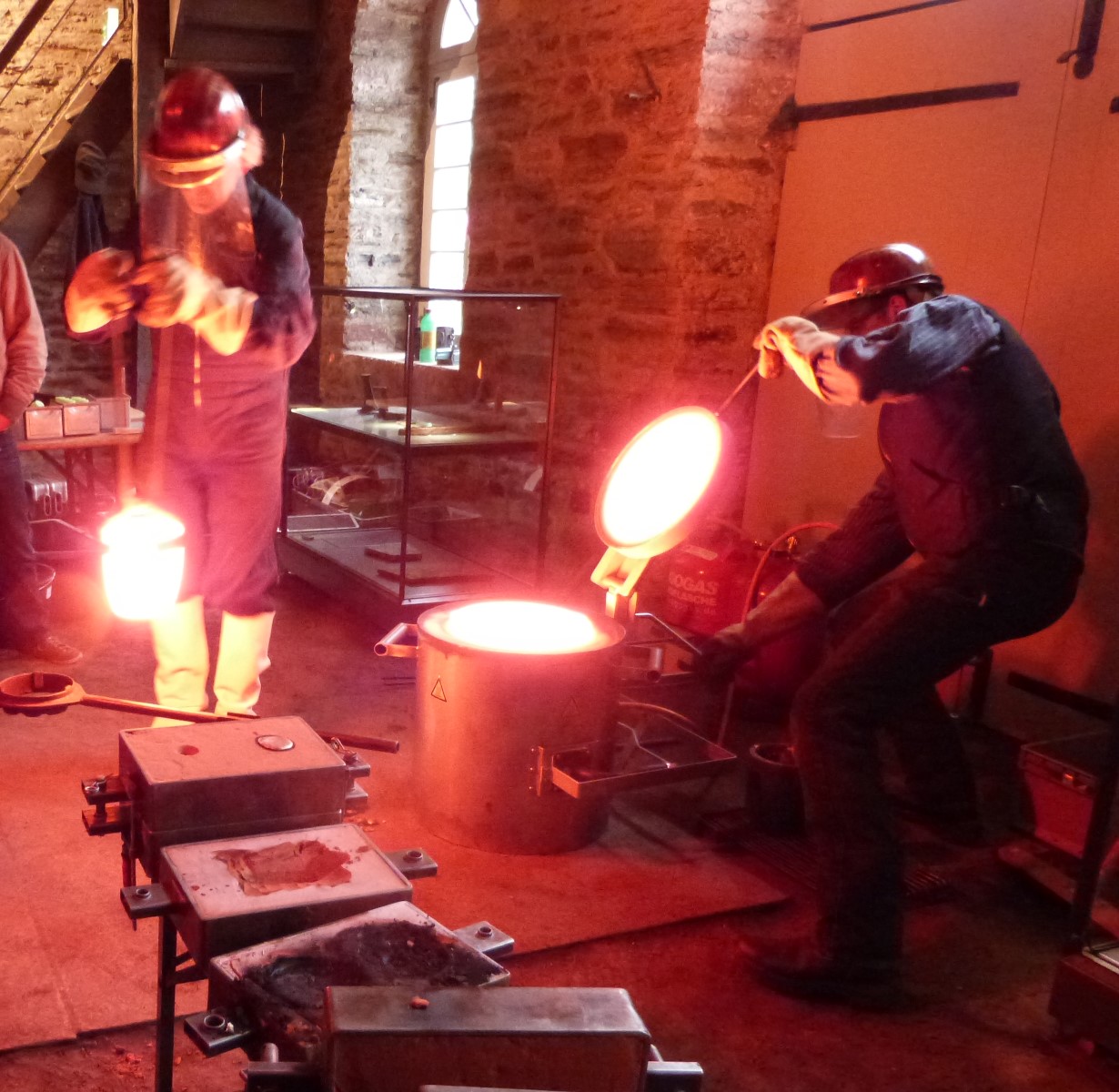Stainless steel heat treating foil (roll 2,5 m)
preventing oxidation and decarburizing
Roll 610 x 2500 x 0,05 mm
for single use, T max 1200 °C
The use of hardening foil ensures that air is excluded during hardening and quenching.
The hardening foil also ensures a slight delay during heating and quenching, which leads to high dimensional accuracy and less distortion of the components and leads to reproducible and safe results.
Advantages:
- protects the workpiece from decarburization
- protects the workpiece during quenching
- ensures a safe hardening process
- less distortion during hardening
- extremely stable, thickness of 0.05 mm,
- can be used for all temperatures from 400 °C to 1200 °C
- Easy to pack
- easy to use
- suitable for complex workpiece geometries
Important:
This foil effectively insulates the blade from the ambient air and protects the workpiece from oxidation and decarburization. To achieve the best possible result, it is crucial to create a completely airtight seal when packing.
Tip: Some knife makers put small pieces of paper in the envelope. When the paper is burned, the remaining oxygen is neutralized, which further improves the protective effect.
Preparation:
The hardening film can be cut to size with scissors.
Please wear suitable gloves when doing this, as the film has very sharp edges.
Cut the film to the appropriate workpiece size. Cover sharp edges and corners with separate pieces of film to prevent tearing.
Since the oxygen expands in the packaging when heated, the air should be pressed out as best as possible. It also helps to wrap the workpiece in paper and to plug any holes in the workpiece with paper. The oxygen is then "used up" during the hardening process by the burning of the paper and no decarbonization occurs.
Seal the packaging tightly with a fold, possibly pressing firmly with a roller.
Place the workpiece on the charging plate in your oven. The oven should already be at hardening temperature. The film insulates so well that no thermal shock can occur. This is positive for the dimensional stability of your workpiece. For large or complicated workpieces, it is advisable to add a holding time to the hardening process. The oven should be preheated to 650°C. After a longer dwell time (adapted to the workpiece size/thickness) at 650°C, the workpiece is fully heated. You can tell that your workpiece is fully heated because the oven chamber and the workpiece are the same color.
The oven can now rise to hardening temperature, which is usually selected to be around 30°C above the specified hardening temperature. The holding time at the hardening temperature is also often selected to be 10 minutes longer.
After the hardening or annealing process has ended, you can quench the workpiece in the foil. Quenching in oil with the foil has the advantage that no oil gets onto the workpiece. This means that there is no discoloration. When quenching in air, this can be accelerated with a fan.
Further information:
The heating time may need to be extended by a few minutes to compensate for the thermal properties of the hardening foil. It may be necessary to increase the hardening temperature slightly to compensate for the insulating effect of the foil. If the workpiece is quenched together with the hardening foil, the use of a more intensive quenching medium may be necessary. This should definitely be tested on a workpiece beforehand.
Information on product safety:
- Use only for users familiar with the product.
- Only for the intended purpose.
- Improper use can lead to damage and injury. Please also note the safety instructions included with the product.
Importer/manufacturer/distributor (unless another manufacturer is explicitly mentioned for the article):
ANGELE GmbH | Ringstrasse 25 | 88416 Ochsenhausen | Germany
info@angele-shop.com
Information on product safety:
- Use only for users familiar with the product.
- Only for the intended purpose.
- Improper use can lead to damage and injury. Please also note the safety instructions included with the product.
Importer/manufacturer/distributor (unless another manufacturer is explicitly mentioned for the article):
ANGELE GmbH | Ringstrasse 25 | 88416 Ochsenhausen | Germany
info@angele-shop.com




